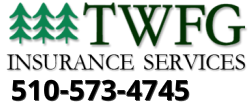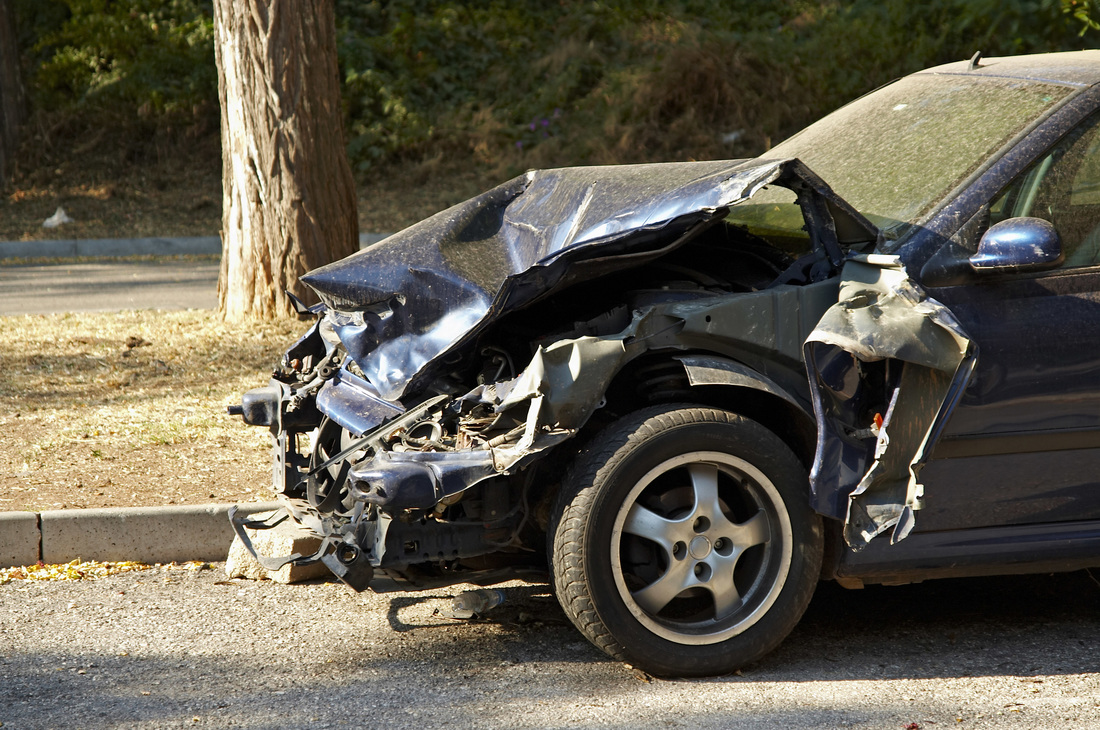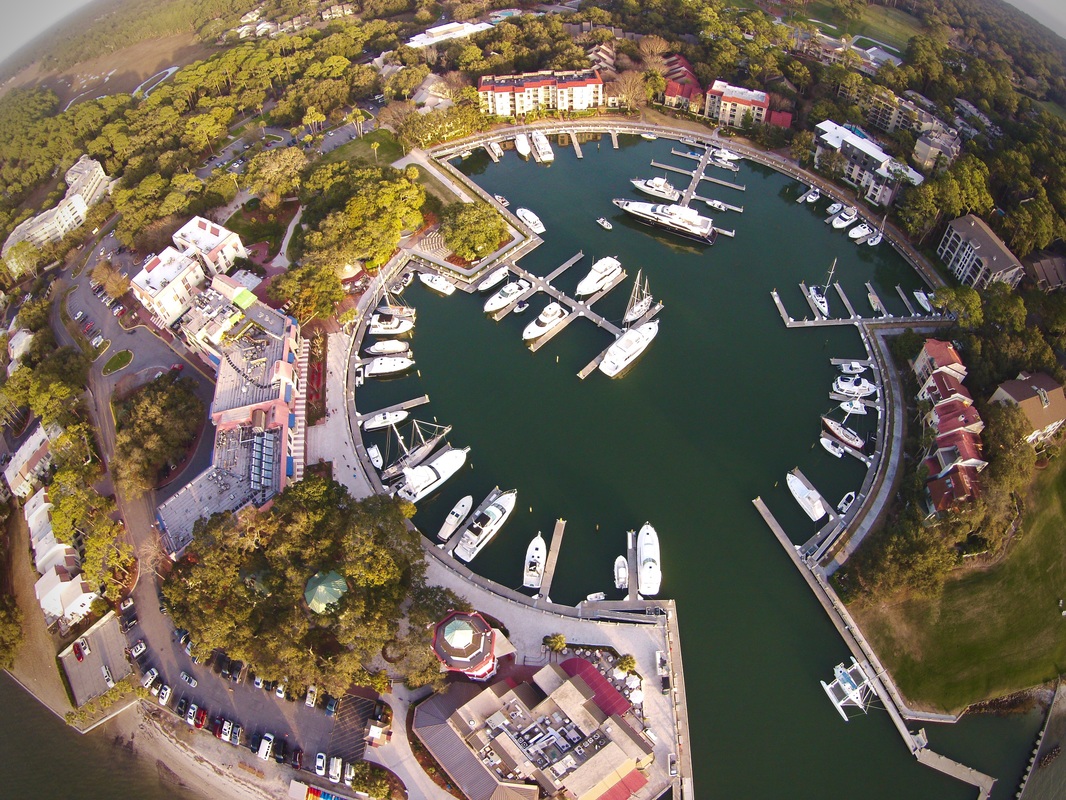Staged Auto Accidents:How to spot them & How to avoid themWhat is a Staged Auto Accident? A staged auto accident is when a person, or persons plan a car crash for insurance money. This often means involving an unsuspecting driver whose insurance company ends up paying out large sums. According to the FBI, these kinds of accidents cost the insurance industry up to $20 billion per year.
Did You Know? Our office has a 24/7 "warm" line? You can call our office number at any time to be forwarded to the after hours cell-phone. If someone doesn't answer right away, we will get back to you as soon as possible. When an Accident Happens, Document Everything! The best way to protect yourself after an accident occurs is to take detailed notes.The more you have, the more equipped you are to fight a fraudulent claim. Your notes should include (when possible): the driver’s license number, the VIN, the car insurance information, the name, address and phone number of the driver and the number of passengers (and their general height and weight). Additionally, be sure to take pictures of the involved vehicles from every angle that you can. If you're in an accident, remember that we are here for you.
|
Federal Regulations | Tips for Safe Drone Use |
| Even drones that are used only for recreation are legally considered aircraft, and must be registered with the Federal Aviation Administration (FAA). Here are the basic guidelines for registering recreational drones:
If you’re concerned with a drone that’s operating in your area, call your local police department. | You could be financially responsible for any damage a drone causes to a person or property. Here are some basic tips to safely operate a drone:
|
Drones & Privacy
Researchers have shown that drones equipped with smartphones can access data from an insecure computer network and other electronic devices. Since drones can access areas that a normal person couldn’t, such as a second story window or a fenced-in backyard, they could potentially access your family’s private information and violate your privacy.
Though most homeowners policies cover damage caused by aircraft, others may exclude this coverage option. Contact us to check your home’s coverage, and for more drone safety information.
It's Cold Outside....
How to keep your home warm and safe with regular chimney maintenance
Lighting a fire on a cold night or turning on the furnace is a great way to stay warm. Although these appliances can provide ambiance and relaxation, you may not be thinking about how your home’s chimney can expose you to the risks of carbon monoxide buildup and fire. Usually, only fireplaces are associated with chimneys. However, other common appliances—such as furnaces and water heaters—also require outdoor chimneys, which are commonly called vents. All of these chimneys function similarly, and they require regular maintenance so that smoke and flue gases are ventilated properly.
Without regular maintenance, your chimneys can become damaged or obstructed by a buildup of creosote—an oily, black residue that is highly combustible and can block ventilation. Your chimneys should be inspected every year, preferably before winter sets in:
Without regular maintenance, your chimneys can become damaged or obstructed by a buildup of creosote—an oily, black residue that is highly combustible and can block ventilation. Your chimneys should be inspected every year, preferably before winter sets in:
- Make sure that your appliances are connected to separate flues or ducts to prevent a buildup of carbon monoxide.
- Ensure that the interior metal liners of chimneys are in good condition and don’t have any cracks that could release carbon monoxide into your living areas.
- Inspect the upper openings of your chimneys, if possible. Make sure that the openings are clear of debris, such as leaves and nests.
- Have your chimneys cleaned to reduce the buildup of creosote.
- Contact a certified specialist to repair, replace and clean your chimneys. If chimneys aren’t maintained properly, they could become an even larger threat to your home
TWFG CALIFORNIA
Categories
All
Auto Insurance
Commercial Insurance
Coverages
Home Insurance
Life Insurance
Meet The Team
Safety Tips
Umbrella
Welcome to the TWFG California Blog. Find out more about our services, our team and monthly updates on insurance tips and news that you should know.
Proudly powered by Weebly




 RSS Feed
RSS Feed